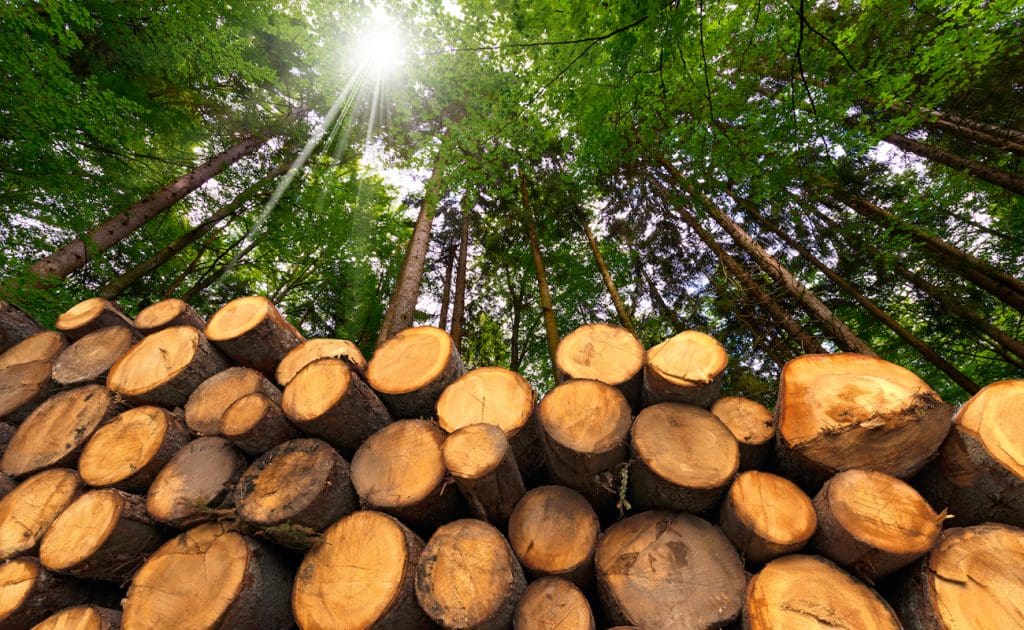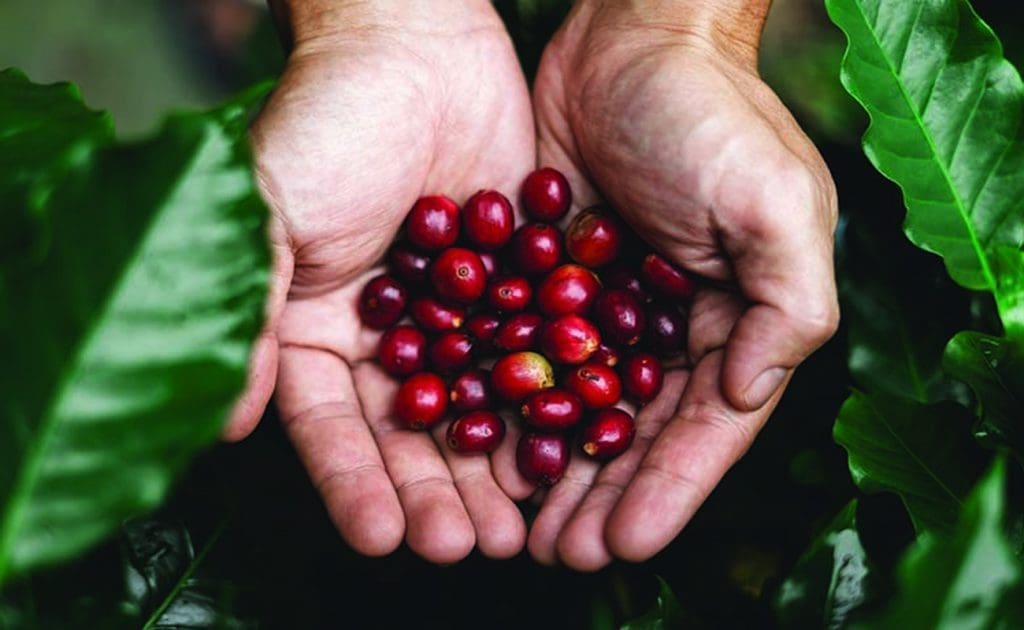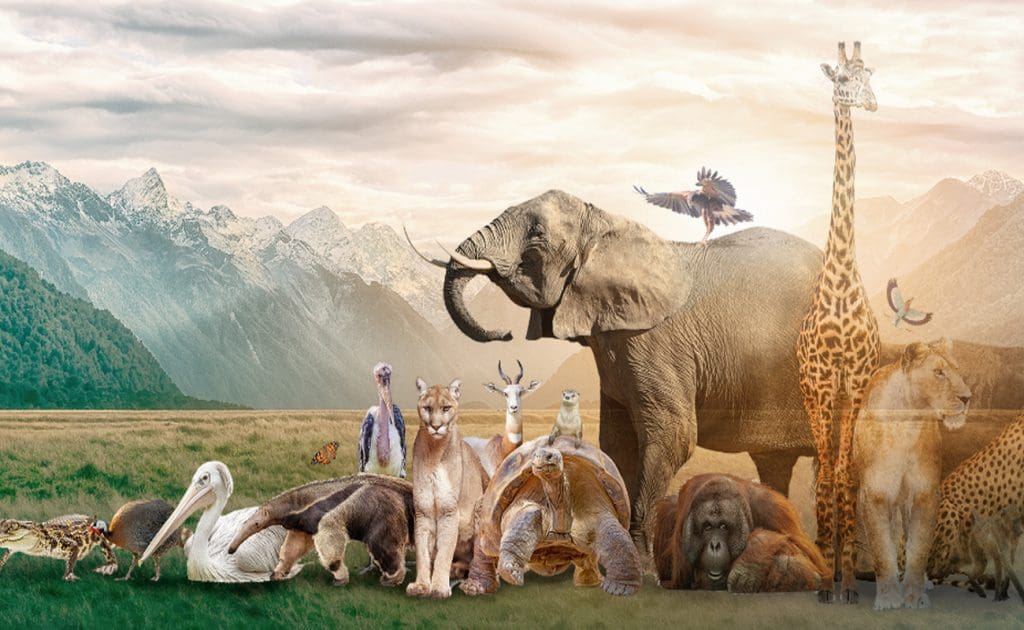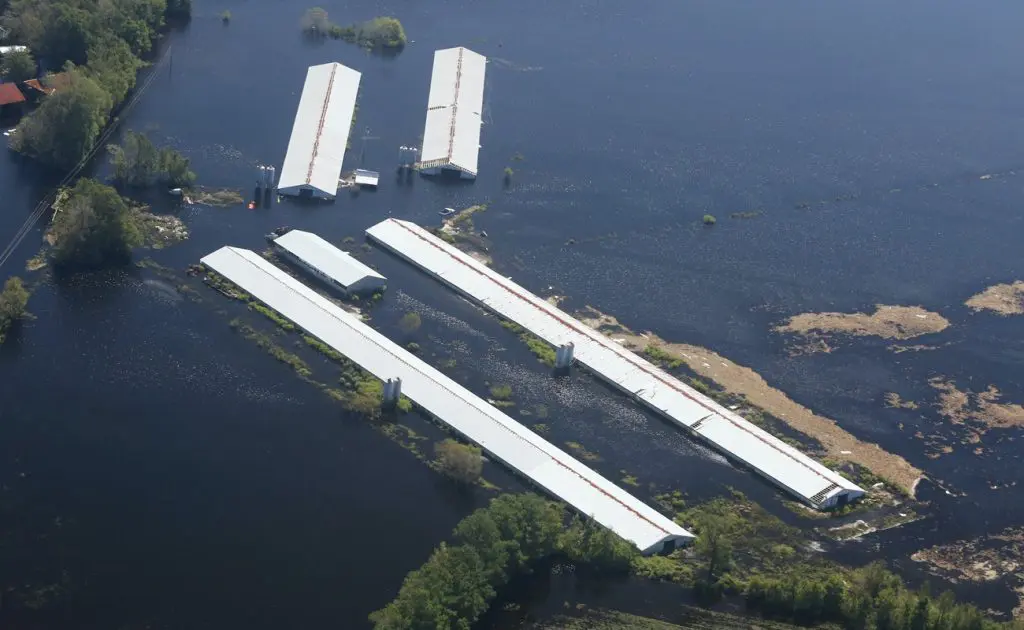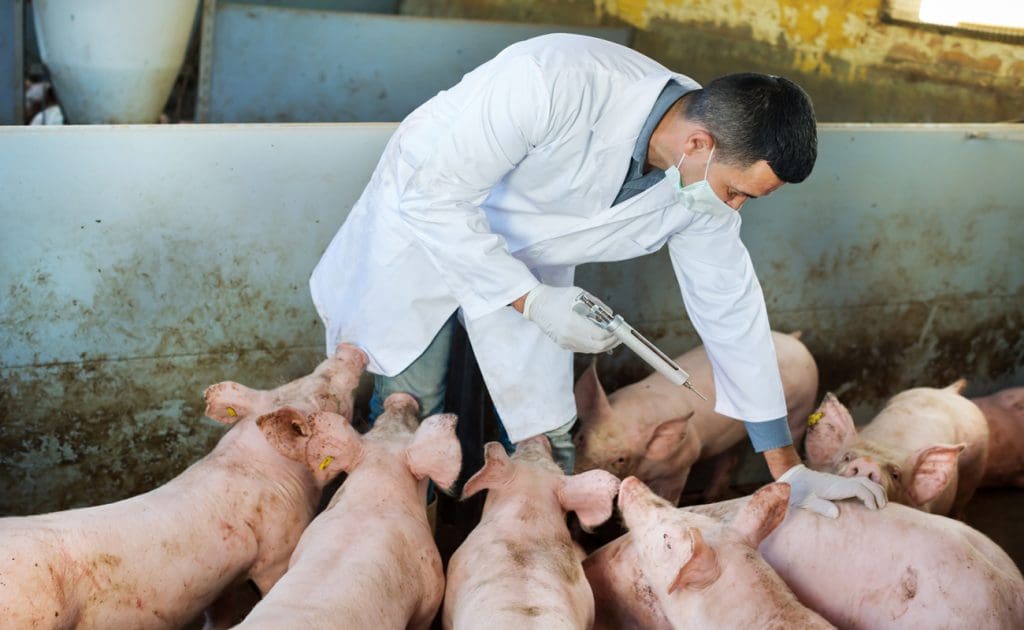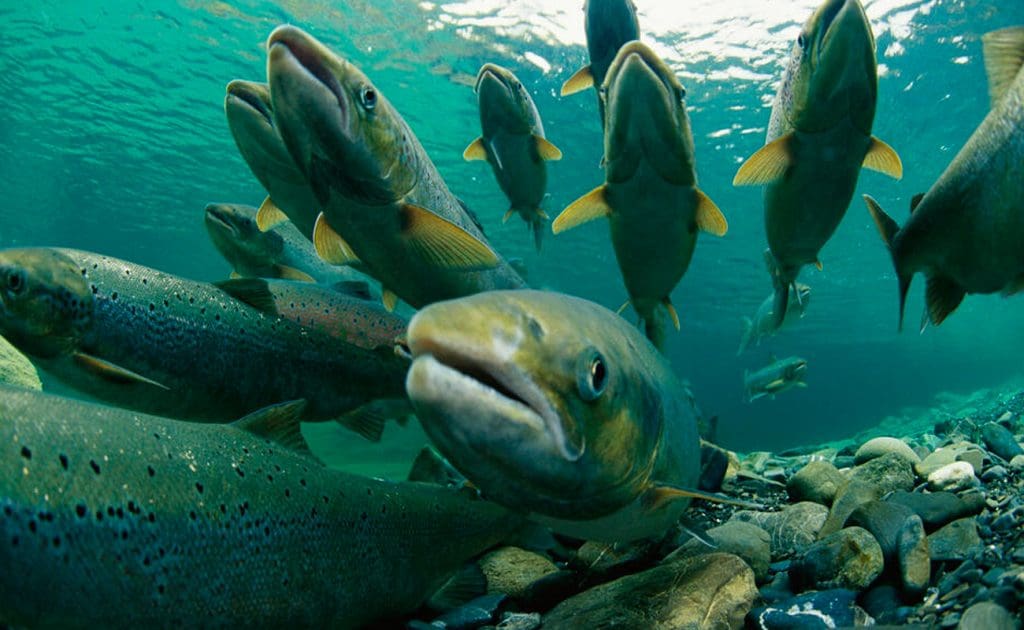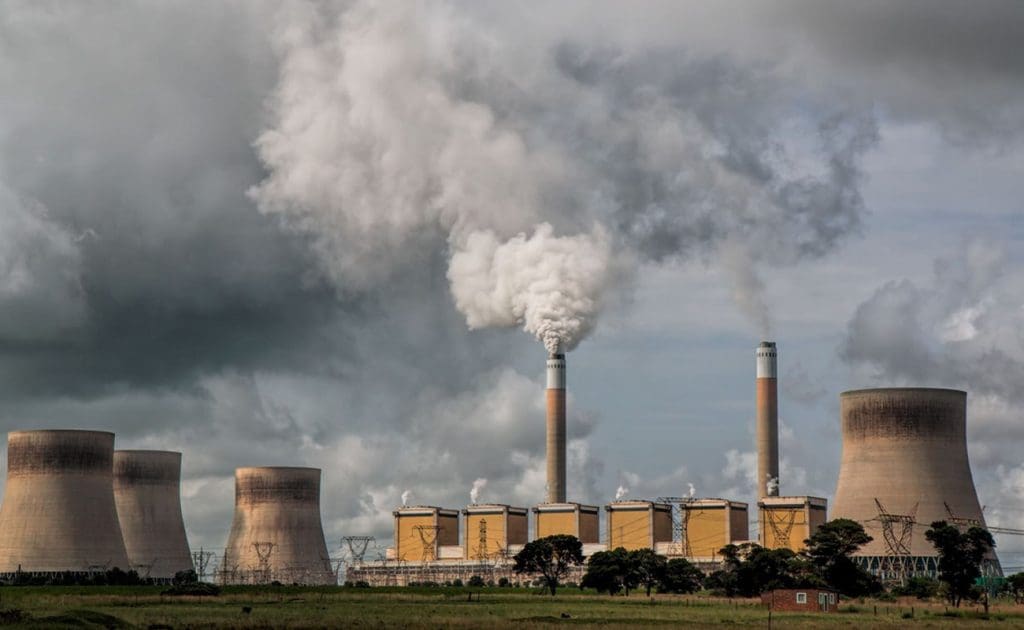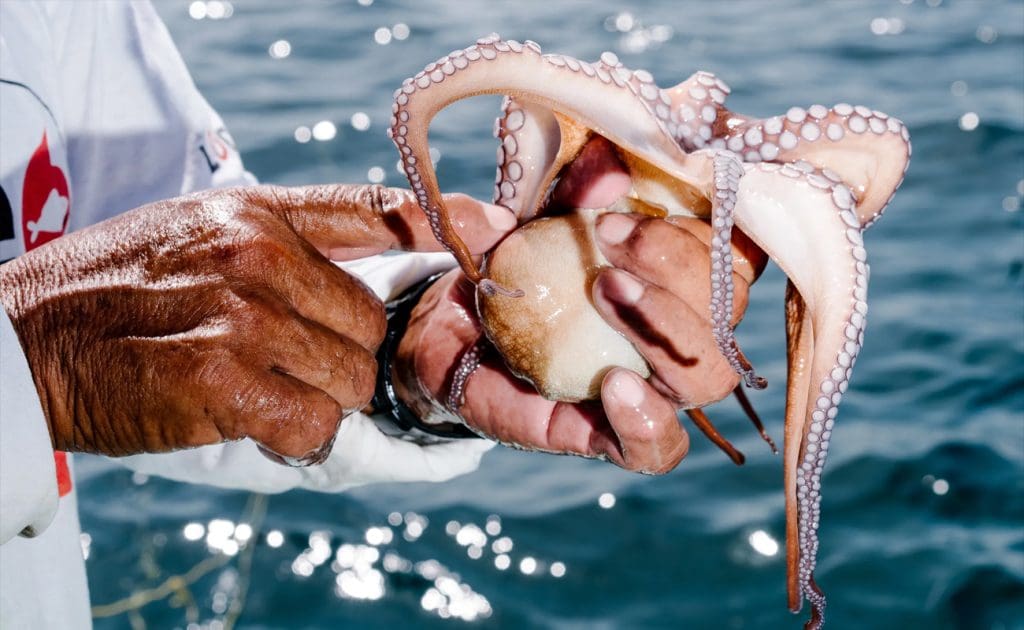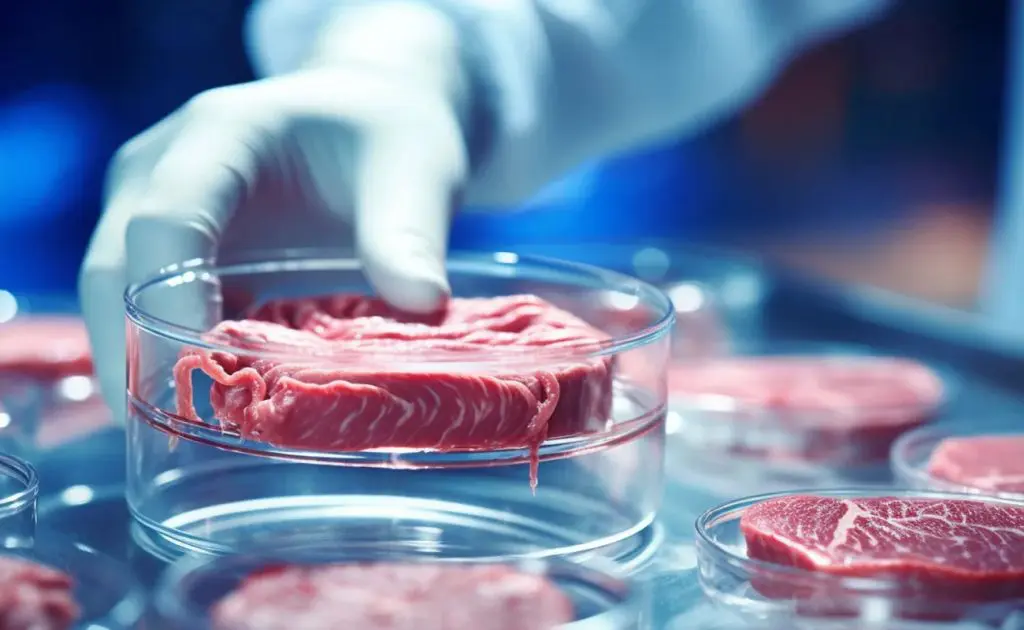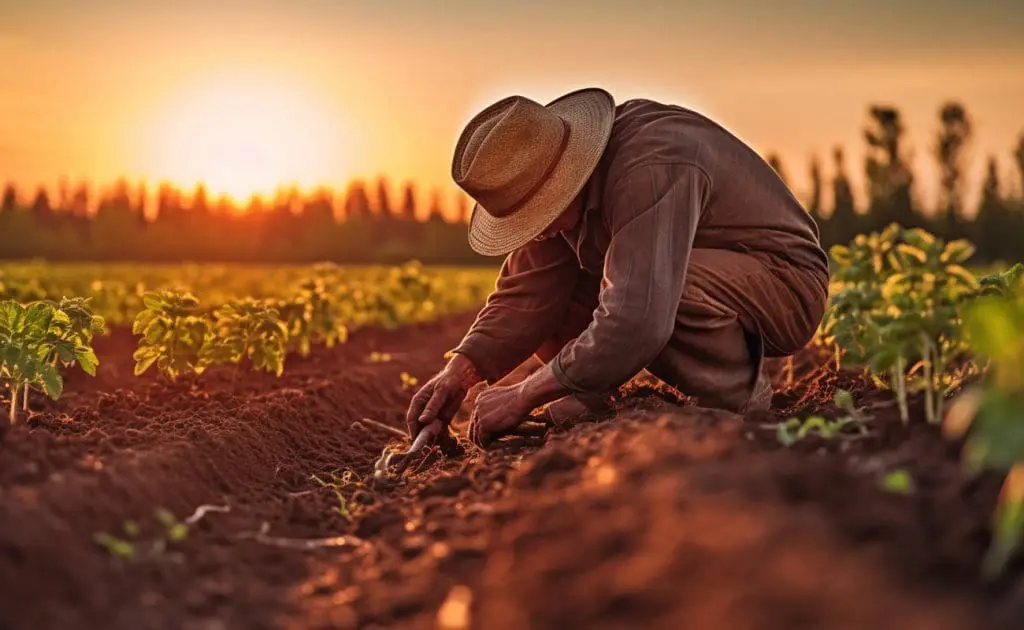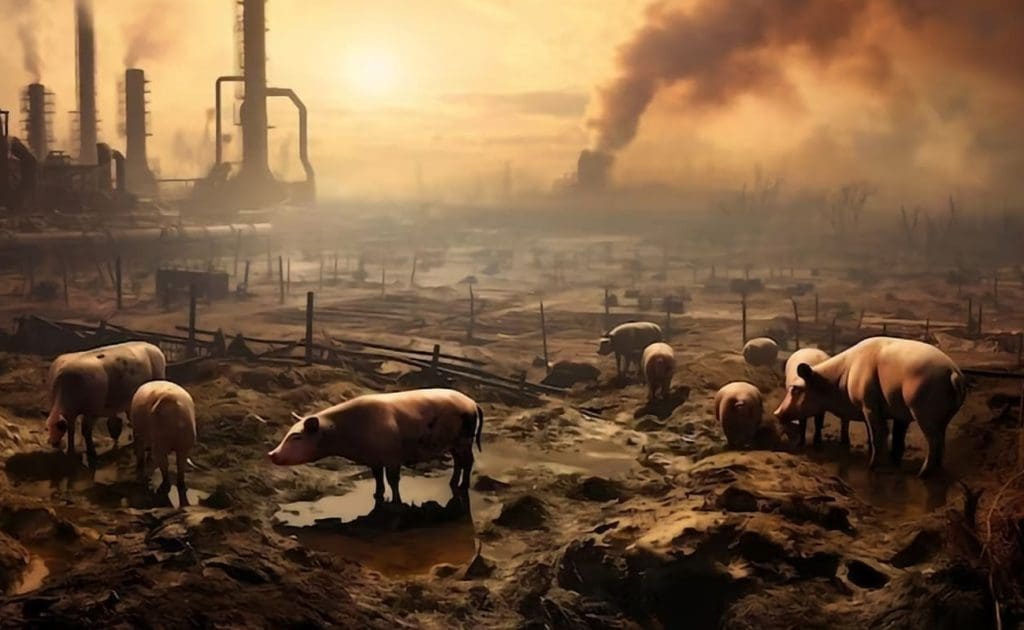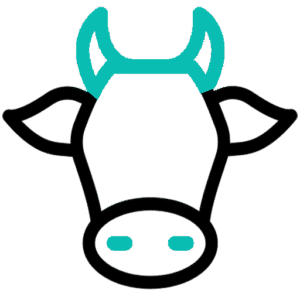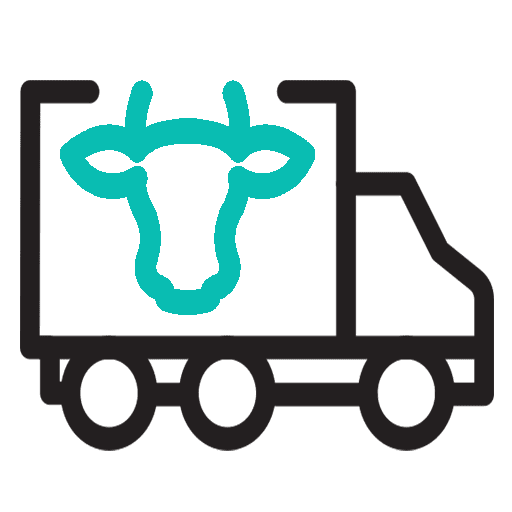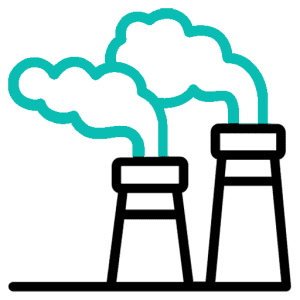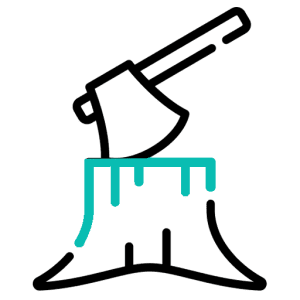Environmental Toll
Climate, Pollution, and Wasted Resources
Behind closed doors, factory farms subject billions of animals to extreme suffering to meet demand for cheap meat, dairy, and eggs. But the harm doesn’t stop there — industrial animal agriculture also fuels climate change, pollutes water, and depletes vital resources.
Now more than ever, this system must change.
For Planet
Animal agriculture is a major driver of deforestation, water scarcity, and greenhouse gas emissions. Shifting towards plant-based systems is essential to protect our forests, conserve resources, and combat climate change. A better future for the planet begins on our plates.
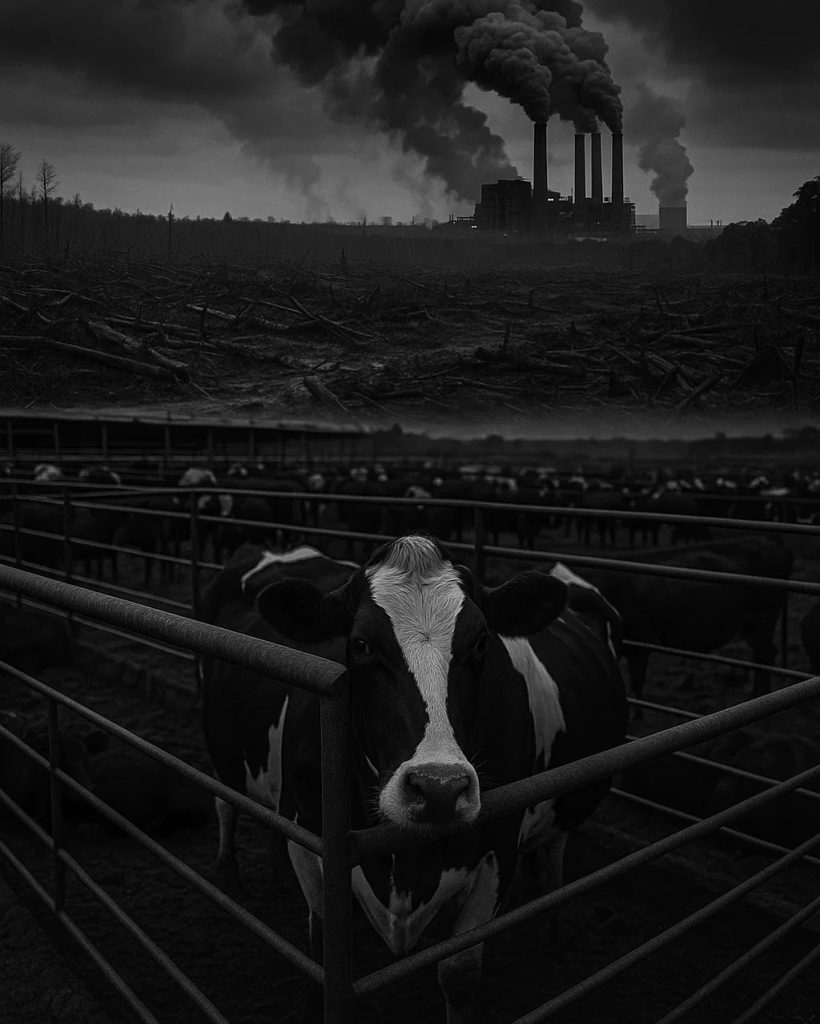

Earth’s Cost
Factory farming is destroying our planet’s balance. Every plate of meat comes at a devastating cost to the Earth.
Key Facts:
- Millions of acres of forests are destroyed for grazing land and animal feed crops.
- Thousands of litres of water are needed to produce just 1 kg of meat.
- Massive greenhouse gas emissions (methane, nitrous oxide) are accelerating climate change.
- Overuse of land leads to soil erosion and desertification.
- Pollution of rivers, lakes, and groundwater from animal waste and chemicals.
- Loss of biodiversity due to habitat destruction.
- Contribution to ocean dead zones from agricultural runoff.
The Planet in Crisis.
Every year, approximately 92 billion land animals are slaughtered to meet the global demand for meat, dairy, and eggs — and an estimated 99% of these animals are confined in factory farms, where they endure highly intensive and stressful conditions. These industrial systems prioritize productivity and profit at the expense of animal welfare and environmental sustainability.
Animal agriculture has become one of the most ecologically damaging industries on the planet. It is responsible for around 14.5% of global greenhouse gas emissions[1] — largely methane and nitrous oxide, which are significantly more potent than carbon dioxide in terms of warming potential. In addition, the sector consumes vast amounts of freshwater and arable land.
The environmental impact does not stop at emissions and land use. According to the United Nations, animal agriculture is a major driver of biodiversity loss, land degradation, and water contamination due to manure runoff, excessive antibiotic use, and deforestation—especially in regions like the Amazon, where cattle ranching accounts for roughly 80% of forest clearing[2] . These processes disrupt ecosystems, threaten species survival, and compromise the resilience of natural habitats.
Environmental Damage
of Farming
There are now over seven billion people on Earth — twice as many as just 50 years ago. Our planet’s resources are already under immense strain, and with the global population projected to reach 10 billion in the next 50 years, the pressure is only increasing. The question is: So where are all our resources going?

A Warming Planet
Animal agriculture contributes 14.5% of global greenhouse gas emissions and is a major source of methane — a gas 20 times more potent than CO₂. Intensive animal farming plays a significant role in accelerating climate change. [3]
Depleting Resources
Animal agriculture consumes vast amounts of land, water, and fossil fuels, placing immense strain on the planet’s finite resources. [4]
Polluting the Planet
From toxic manure runoff to methane emissions, industrial animal farming contaminates our air, water, and soil.
Facts
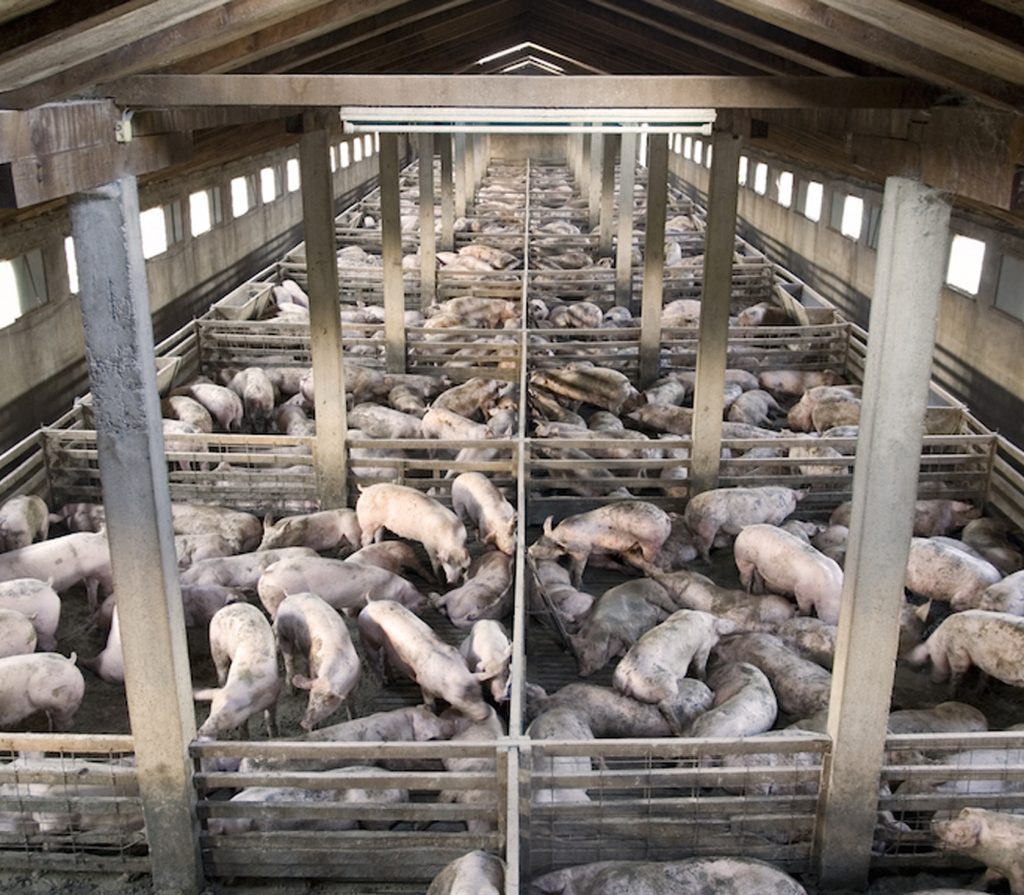

GHGs
Industrial animal agriculture produces more greenhouse gases than the entire global transportation sector combined. [7]
15,000 liters
of water are required to produce just one kilogram of beef — a stark example of how animal agriculture consumes one-third of the world’s freshwater. [5]
60%
of global biodiversity loss is linked to food production — with animal agriculture being the leading driver. [8]

75%
of global agricultural land could be freed if the world adopted plant-based diets — unlocking an area the size of the United States, China, and the European Union combined. [6]
The Problem
Factory Farming Environmental Impact

Factory farming intensifies climate change, releasing vast volumes of greenhouse gases. [9]
It’s now clear that human-driven climate change is real and poses a serious threat to our planet. To avoid surpassing a 2ºC rise in global temperatures, developed nations must cut greenhouse gas emissions by at least 80% by 2050. Factory farming is a major contributor to the climate change challenge, releasing vast volumes of greenhouse gases.
A wide variety of sources of carbon dioxide
Factory farming emits greenhouse gases at every stage of its supply chain. Clearing forests to grow animal feed or raise livestock not only eliminates crucial carbon sinks but also releases stored carbon from soil and vegetation into the atmosphere.
An energy-hungry industry
An energy-intensive industry, factory farming consumes vast amounts of energy — mainly to grow animal feed, which accounts for around 75% of total usage. The rest is used for heating, lighting, and ventilation.
Beyond CO₂
Carbon dioxide isn’t the only concern — livestock farming also generates large amounts of methane and nitrous oxide, which are far more potent greenhouse gases. It’s responsible for 37% of global methane and 65% of nitrous oxide emissions, mainly from manure and fertilizer use.
Climate change is already disrupting farming — and the risks are rising.
Rising temperatures strain water-scarce regions, hinder crop growth, and make raising animals harder. Climate change also fuels pests, diseases, heat stress, and soil erosion, threatening long-term food security.
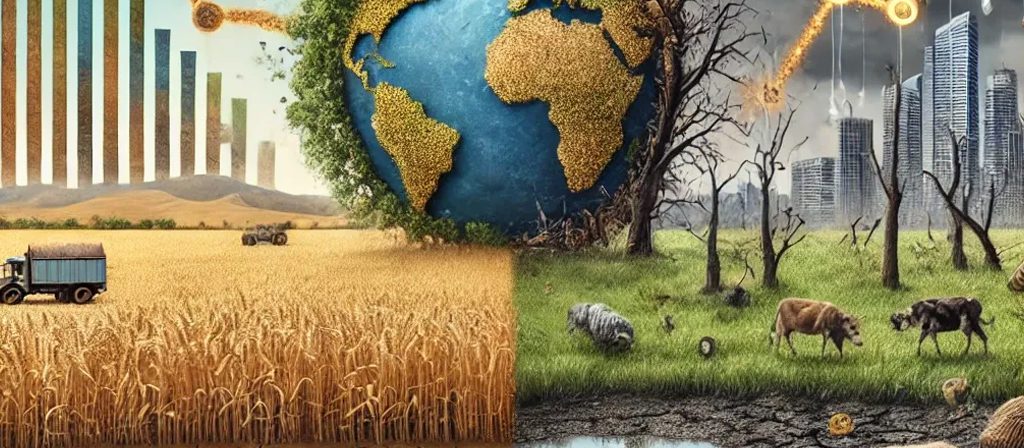
Factory farming endangers the natural world, threatening the survival of many animals and plants. [10]
Healthy ecosystems are essential to human survival — sustaining our food supply, water sources, and atmosphere. Yet, these life-supporting systems are collapsing, in part due to the widespread impacts of factory farming, which accelerates biodiversity loss and ecosystem degradation.
Toxic outputs
Factory farming generates toxic pollution that fragments and destroys natural habitats, harming wildlife. Waste often leaks into waterways, creating "dead zones" where few species survive. Nitrogen emissions, like ammonia, also cause water acidification and damage the ozone layer.
Land Expansion and Biodiversity Loss
The destruction of natural habitats drives biodiversity loss worldwide. About one-third of global croplands grow animal feed, pushing agriculture into critical ecosystems in Latin America and sub-Saharan Africa. Between 1980 and 2000, new farmland in developing countries expanded to over 25 times the size of the UK, with more than 10% replacing tropical forests. This growth is mainly due to intensive farming, not small-scale farms. Similar pressures in Europe are also causing declines in plant and animal species.
Impact of Factory Farming on Climate and Ecosystems
Factory farming generates 14.5% of global greenhouse gas emissions—more than the entire transport sector. These emissions accelerate climate change, making many habitats less livable. The Convention on Biological Diversity warns that climate change disrupts plant growth by spreading pests and diseases, increasing heat stress, altering rainfall, and causing soil erosion through stronger winds.
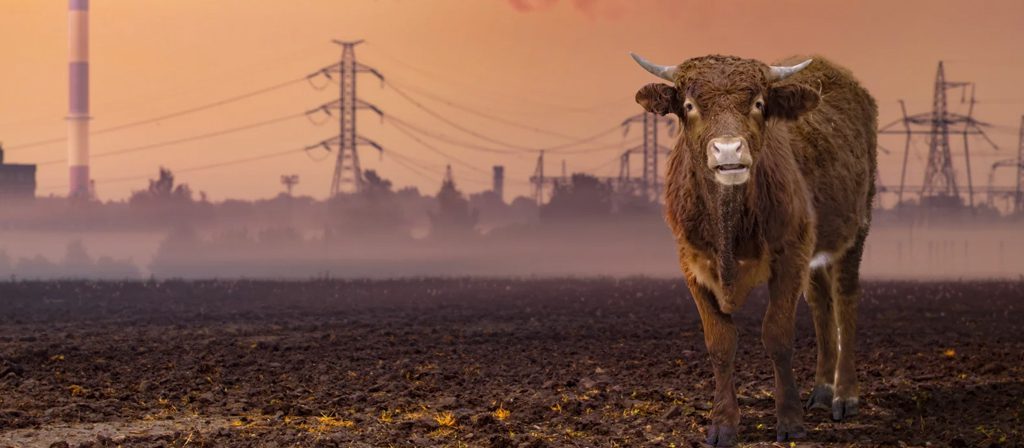
Factory farming harms the environment by releasing various harmful toxins that contaminate natural ecosystems. [11]
Factory farms, where hundreds or even thousands of animals are densely packed, generate various pollution issues that harm natural habitats and the wildlife within them. In 2006, the United Nations’ Food and Agriculture Organization (FAO) called livestock farming “one of the most significant contributors to today’s most serious environmental problems.”
Lots of animals equals lots of feed
Factory farming relies heavily on grain and protein-rich soy to rapidly fatten animals — a method far less efficient than traditional grazing. These crops often require large amounts of pesticides and chemical fertilizers, much of which ends up polluting the environment rather than aiding growth.
The Hidden Dangers of Agricultural Runoff
Excess nitrogen and phosphorus from factory farms often seep into water systems, harming aquatic life and creating large "dead zones" where few species can survive. Some nitrogen also becomes ammonia gas, which contributes to water acidification and ozone depletion. These pollutants can even threaten human health by contaminating our water supplies.
A Cocktail of Contaminants
Factory farms don’t just release excess nitrogen and phosphorus — they also generate harmful pollutants like E. coli, heavy metals, and pesticides, threatening the health of humans, animals, and ecosystems alike.
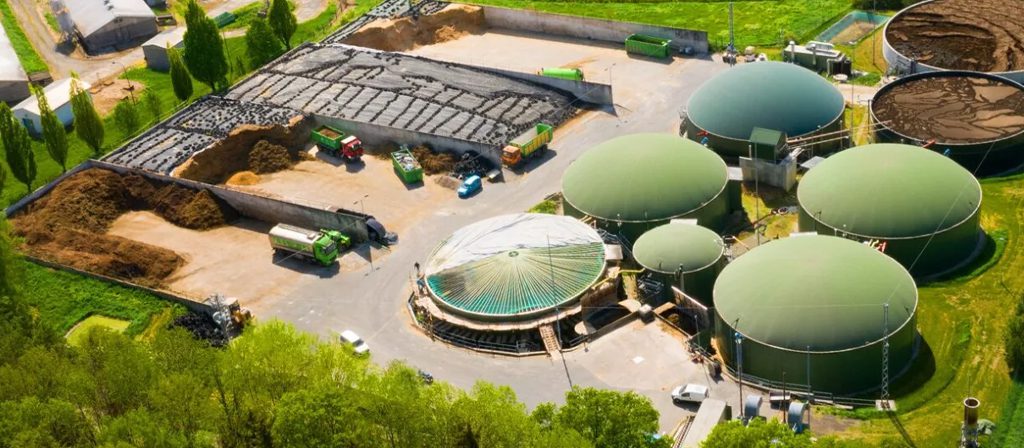
Factory farming is highly inefficient — it consumes immense resources while yielding comparatively low amounts of usable food energy. [12]
Intensive animal farming systems consume enormous quantities of water, grain, and energy to produce meat, milk, and eggs. Unlike traditional methods that efficiently transform grass and agricultural by-products into food, factory farming relies on resource-intensive feed and delivers a relatively low return in terms of usable food energy. This imbalance highlights a critical inefficiency at the heart of industrial livestock production.
Inefficient Protein Conversion
Factory-farmed animals consume large amounts of feed, but much of this input is lost as energy for movement, heat, and metabolism. Studies show that producing just one kilogram of meat can require several kilograms of feed, making the system inefficient for protein production.
Heavy Demands on Natural Resources
Factory farming consumes vast amounts of land, water, and energy. Livestock production uses about 23% of agricultural water—around 1,150 liters per person daily. It also depends on energy-intensive fertilizers and pesticides, wasting valuable nutrients like nitrogen and phosphorus that could be better used to grow more food efficiently.
Peak Resource Limits
The term "peak" refers to the point when supplies of crucial non-renewable resources like oil and phosphorus—both vital for factory farming—reach their maximum and then start to decline. Although the exact timing is uncertain, eventually these materials will become scarce. Since they are concentrated in a few countries, this scarcity poses significant geopolitical risks for nations dependent on imports.
As confirmed by scientific studies
Factory-farmed beef requires twice as much fossil fuel energy input as pasture-reared beef.
Livestock Farming Accounts For Around 14.5% Of Our Global Greenhouse Gas Emissions.
Added heat stress, shifting monsoons, and drier soils may reduce yields by as much as a third in the tropics and subtropics, where crops are already near their maximum heat tolerance.
Current trends suggest that agricultural expansion in the Amazon for grazing and crops will see 40% of this fragile, pristine rain forest destroyed by 2050.
Factory farming endangers the survival of other animals and plants, with impacts including pollution, deforestation and climate change.
Some large farms can produce more raw waste than the human population of a large US city.
Livestock farming accounts for over 60% of our global ammonia emissions.
On average, it takes around 6kg of plant protein to produce just 1kg of animal protein.
It takes over 15,000 litres of water to produce an average kilo of beef. This compares with around 1,200 litres for a kg of maize and 1800 for a kilo of wheat.
In the US, chemical-intensive farming uses the equivalent of 1 barrel of oil in energy to produce 1 ton of maize - a major component of animal feed.
Environmental Impact of Commercial Fish Farming
Fish feed
Carnivorous fish like salmon and prawns require feed rich in fishmeal and fish oil, sourced from wild-caught fish — a practice that depletes marine life. Though soy-based alternatives exist, their cultivation can also harm the environment.
Pollution
Uneaten feed, fish waste, and chemicals used in intensive fish farming can pollute surrounding waters and seabeds, degrading water quality and harming nearby marine ecosystems.
Parasites and the spread of disease
Diseases and parasites in farmed fish, like sea lice in salmon, can spread to nearby wild fish, threatening their health and survival.
Escapees impacting wild fish populations
Farmed fish that escape can interbreed with wild fish, producing offspring less suited to survival. They also compete for food and resources, putting additional pressure on wild populations.
Habitat damage
Intensive fish farming can lead to the destruction of fragile ecosystems, especially when coastal areas like mangrove forests are cleared for aquaculture. These habitats play a crucial role in protecting shorelines, filtering water, and supporting biodiversity. Their removal not only harms marine life but also reduces the natural resilience of coastal environments.
Overfishing and Its Impact on Marine Ecosystems
Overfishing
Advances in technology, rising demand, and poor management have led to heavy fishing pressure, causing many fish populations—like cod, tuna, sharks, and deep-sea species—to decline or collapse.
Habitat damage
Heavy or large fishing gear can harm the environment, especially methods like dredging and bottom trawling that damage the sea floor. This is particularly harmful to sensitive habitats, such as deep-sea coral areas.
Bycatch of vulnerable species
Fishing methods can accidentally catch and harm wildlife like albatrosses, sharks, dolphins, turtles, and porpoises, threatening the survival of these vulnerable species.
Discards
Discarded catch, or bycatch, includes many non-target marine animals caught during fishing. These creatures are often unwanted because they are too small, lack market value, or fall outside legal size limits. Unfortunately, most are thrown back into the ocean injured or dead. Although these species might not be endangered, the high numbers of discarded animals can upset the balance of marine ecosystems and harm the food web. Additionally, discard practices increase when fishermen reach their legal catch limits and must release excess fish, further impacting ocean health.
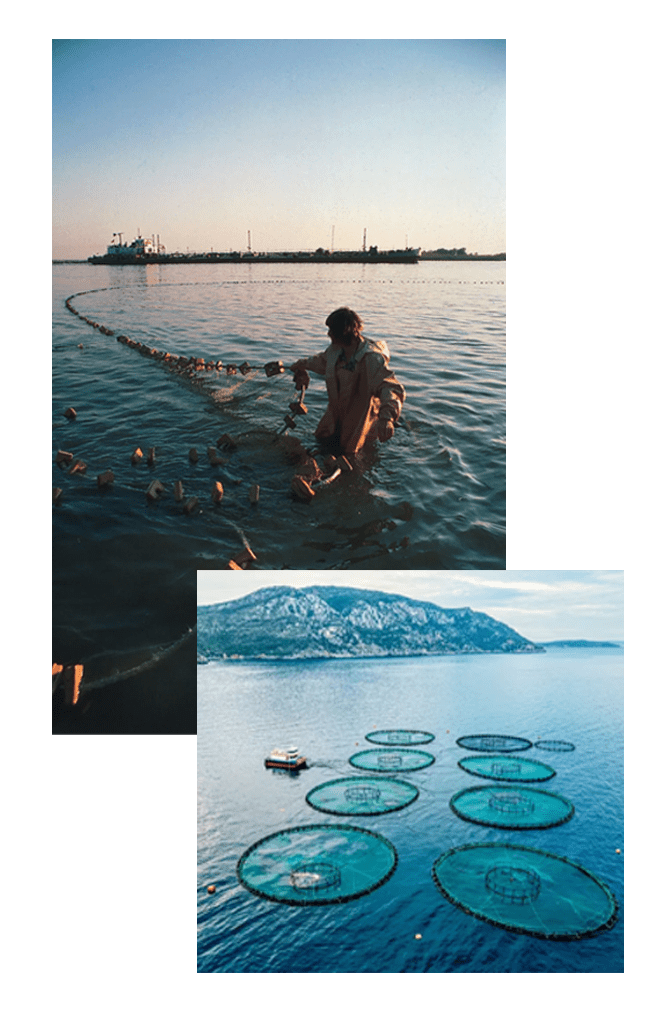
Compassionate Living [13]
The good news is that one simple way we can each minimize our negative impact on the environment is to leave animals off our plates. Choosing a plant-based, cruelty-free diet helps limit the environmental damage caused by animal agriculture.

Every single day, a vegan saves approximately:
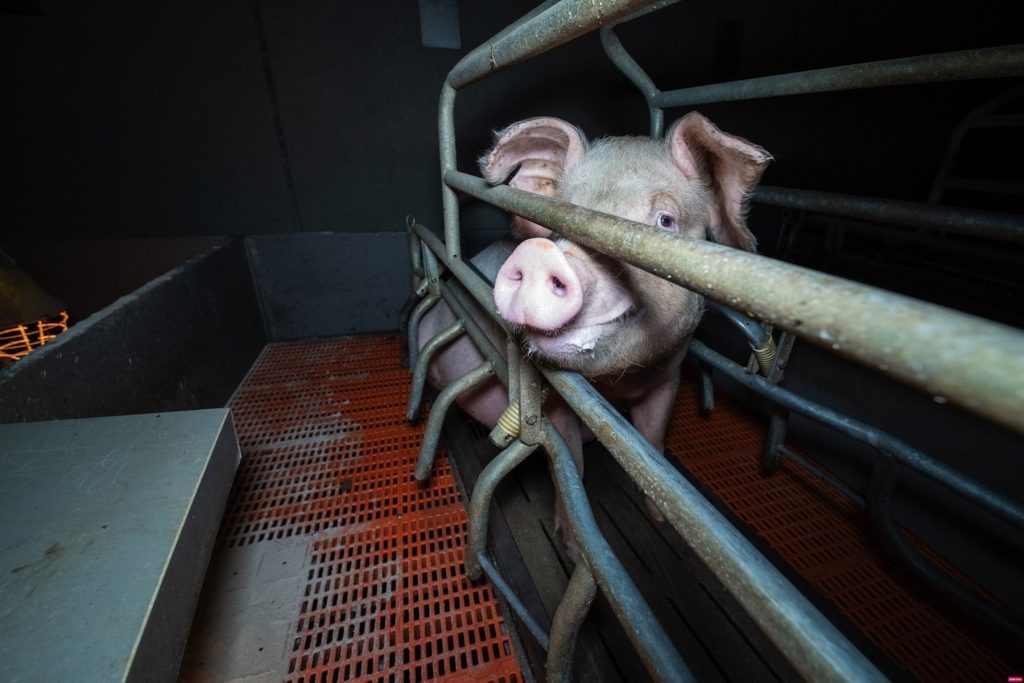
One Animal Life

4,200 Liters of Water
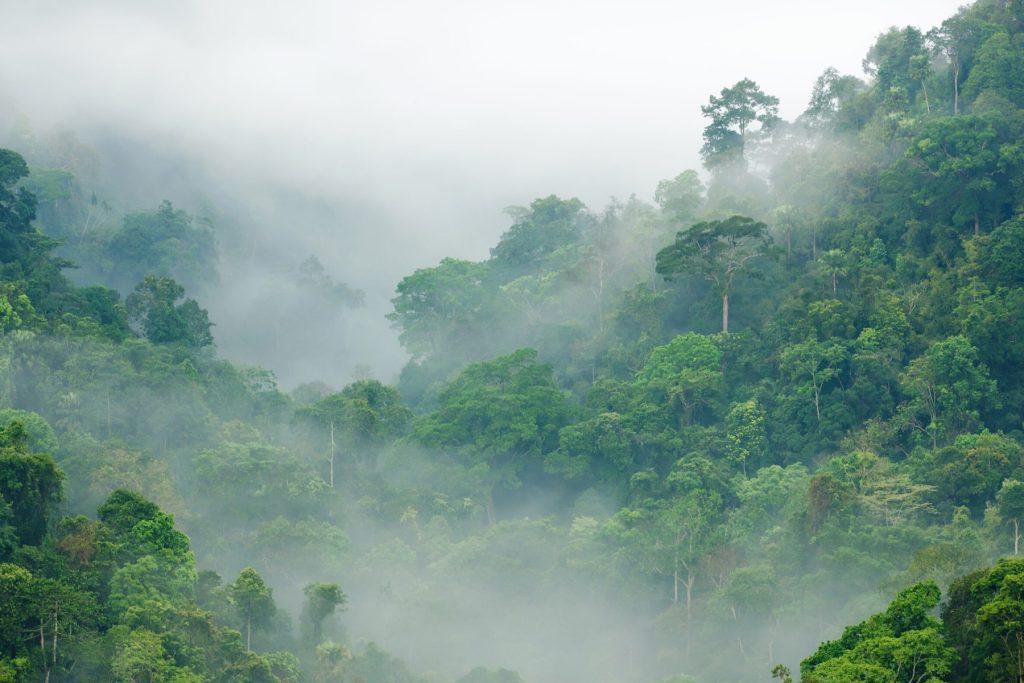
2.8 Meters Squared of Forest
If you can make that change in a single day, imagine the difference you could make in a month, a year — or over a lifetime.
How many lives will you commit to saving?
References
[1] https://openknowledge.fao.org/items/e6627259-7306-4875-b1a9-cf1d45614d0b
[2] https://wwf.panda.org/discover/knowledge_hub/where_we_work/amazon/amazon_threats/unsustainable_cattle_ranching/
[3] https://www.fao.org/family-farming/detail/en/c/1634679
https://openknowledge.fao.org/server/api/core/bitstreams/a85d3143-2e61-42cb-b235-0e9c8a44d50d/content/y4252e14.htm
[4] https://drawdown.org/insights/fixing-foods-big-climate-problem
[5] https://en.wikipedia.org/wiki/Water_footprint#Water_footprint_of_products_(agricultural_sector)
[6] https://ourworldindata.org/land-use-diets
[7] https://www.fao.org/4/a0701e/a0701e00.htm
[8] https://www.unep.org/news-and-stories/press-release/our-global-food-system-primary-driver-biodiversity-loss
[9] https://en.wikipedia.org/wiki/Environmental_impacts_of_animal_agriculture#Climate_change_aspects
[10] https://en.wikipedia.org/wiki/Environmental_impacts_of_animal_agriculture#Biodiversity
https://link.springer.com/article/10.1007/s11625-023-01326-z
https://edition.cnn.com/2020/05/26/world/species-loss-evolution-climate-scn-intl-scli/index.html
[11] https://en.wikipedia.org/wiki/Environmental_impacts_of_animal_agriculture#Effects_on_ecosystems
https://en.wikipedia.org/wiki/Environmental_impacts_of_animal_agriculture#Air_pollution
https://ui.adsabs.harvard.edu/abs/2013JTEHA..76..230V/abstract
[12] https://en.wikipedia.org/wiki/Environmental_impacts_of_animal_agriculture#Resource_use
https://web.archive.org/web/20111016221906/http://72.32.142.180/soy_facts.htm
https://openknowledge.fao.org/items/915b73d0-4fd8-41ca-9dff-5f0b678b786e
https://www.mdpi.com/2071-1050/10/4/1084
[13] https://www.science.org/doi/10.1126/science.aaq0216
https://www.sciencedirect.com/science/article/pii/S0022316623065896?via%3Dihub
https://link.springer.com/article/10.1007/s10584-014-1104-5
https://openknowledge.fao.org/server/api/core/bitstreams/c93da831-30b3-41dc-9e12-e1ae2963abde/content
Environmental Damage
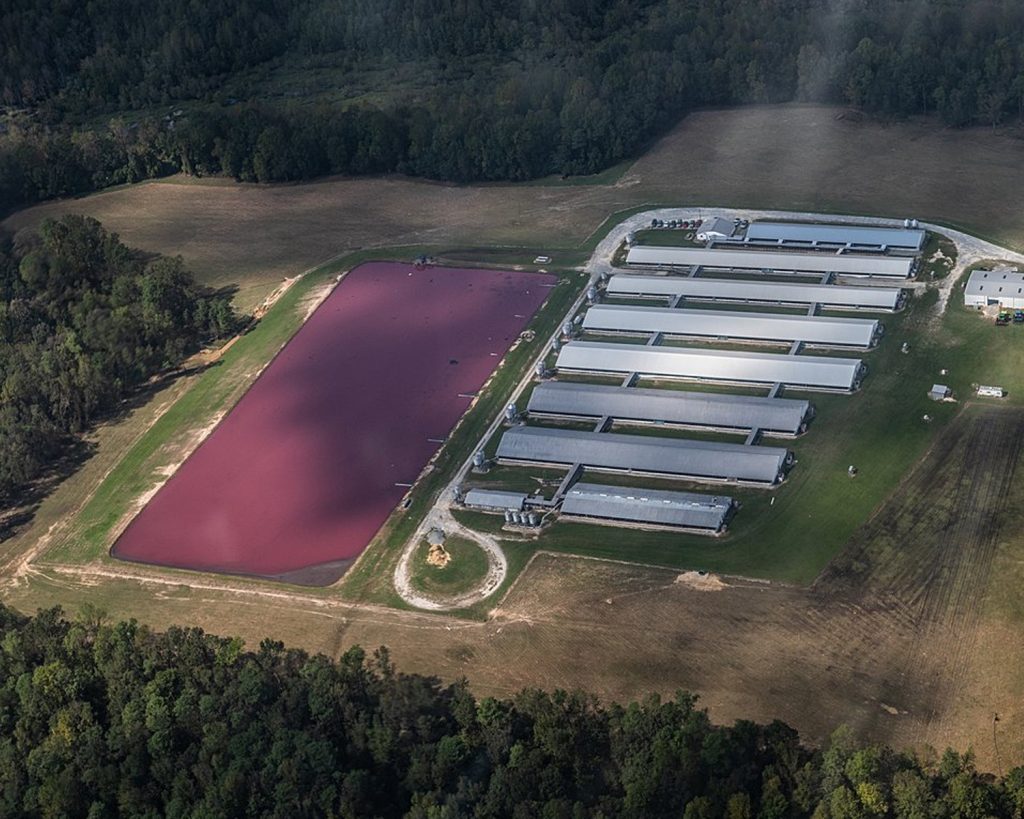
Impact of Diets
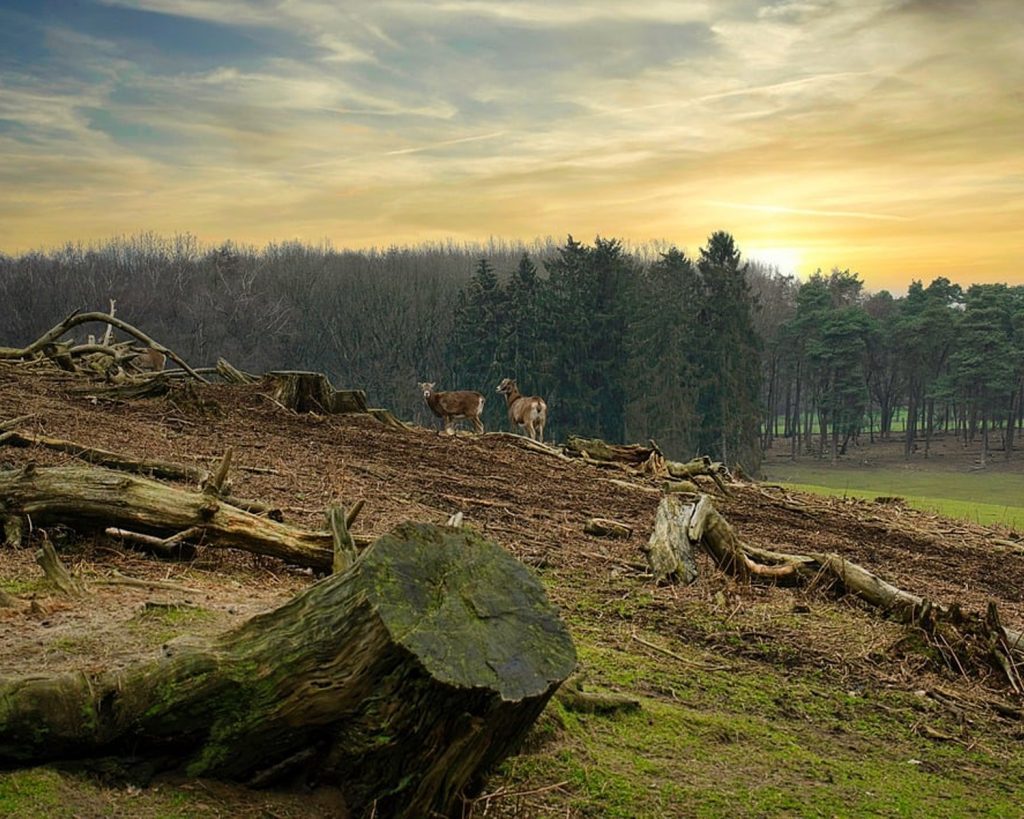
Biodiversity Loss
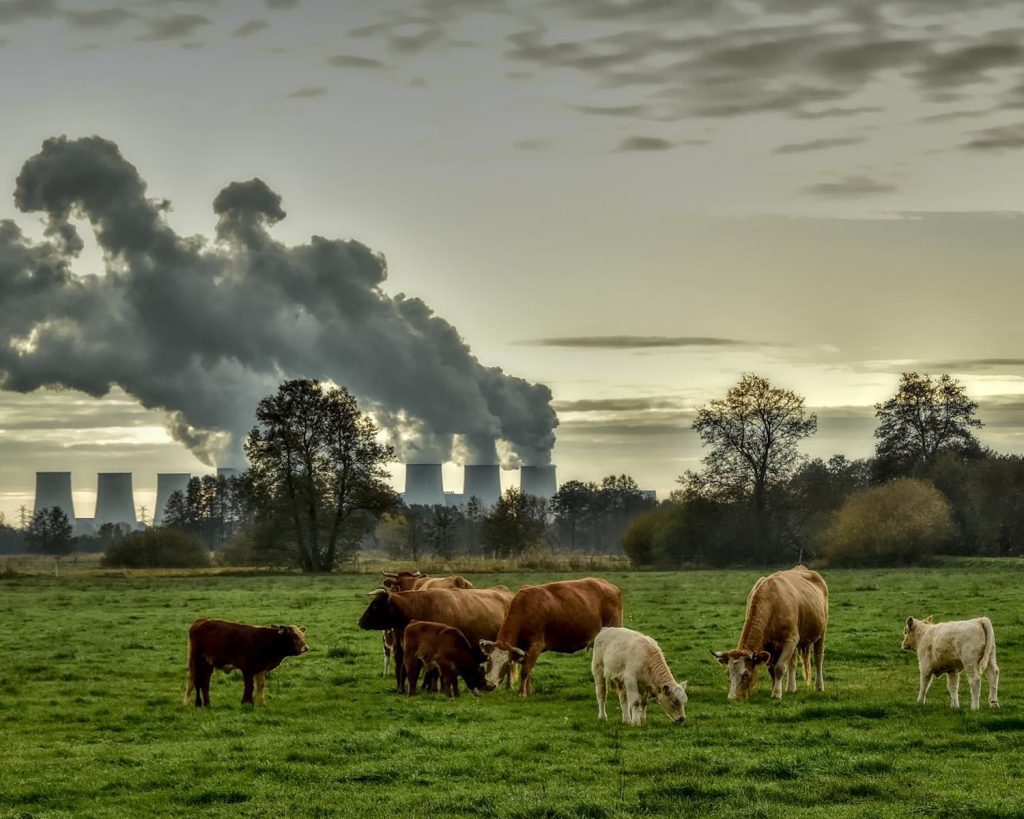
Air Pollution
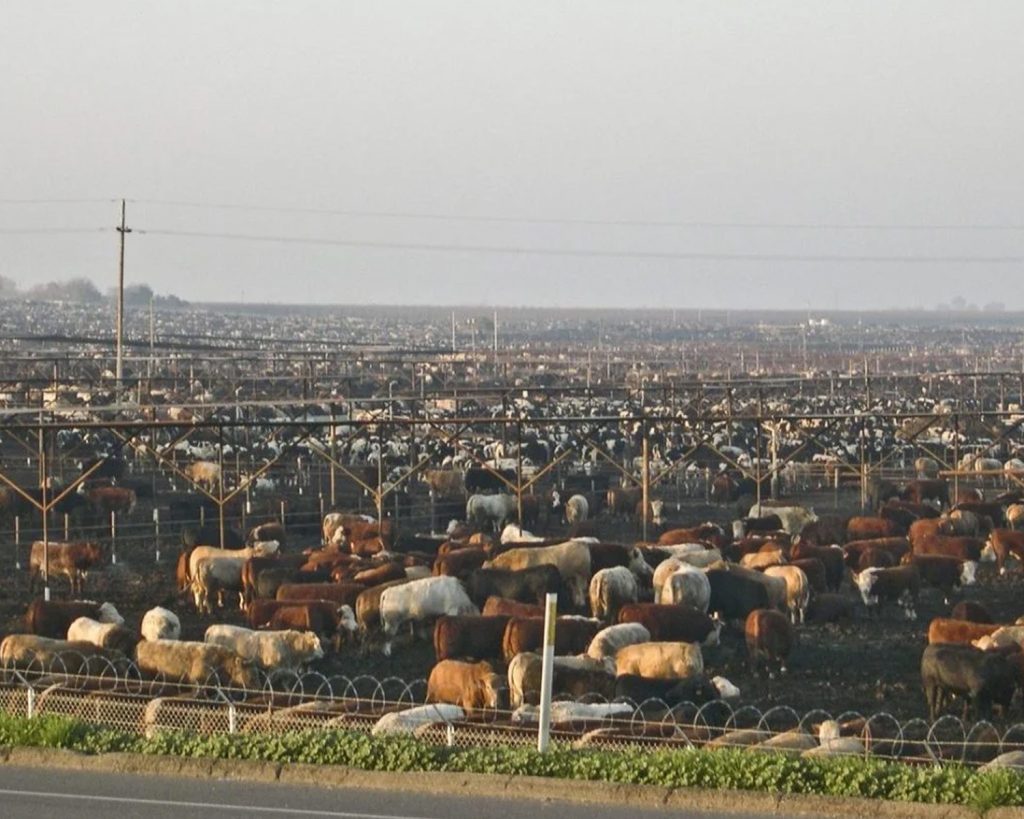
Climate Change
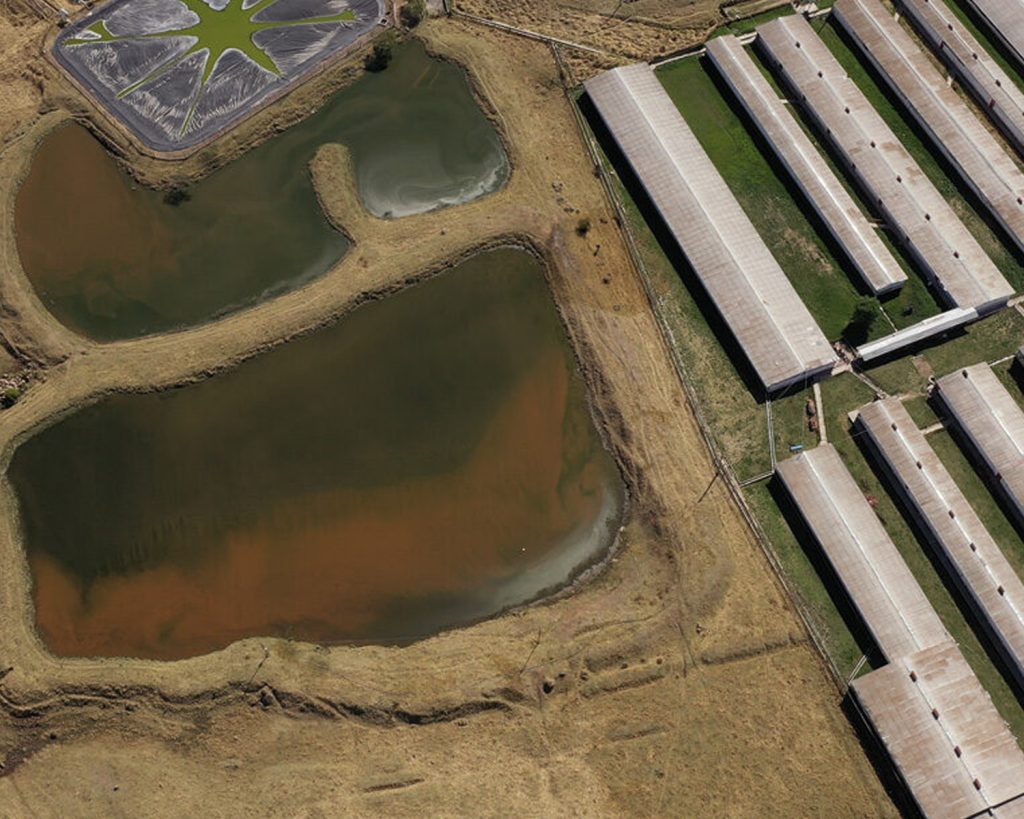
Water and Soil

Deforestation and Habitat
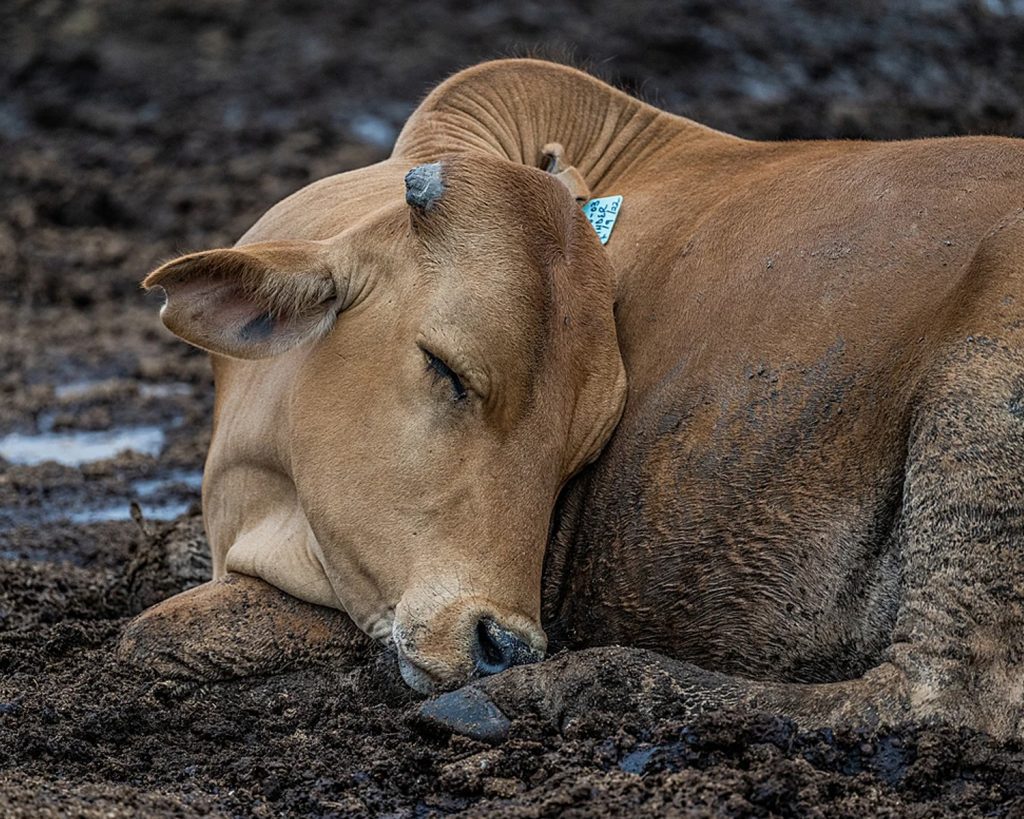
Resource waste
The latest
As the global population continues to grow, so does the demand for food. One of the primary sources of protein...
With the increasing awareness of the negative impact of our daily consumption habits on the environment and animal welfare, ethical...
Livestock farming has been a central part of human civilization for thousands of years, providing a vital source of food...
As a society, we have long been advised to consume a balanced and varied diet to maintain our overall health...
Factory farming, also known as industrial agriculture, has become a dominant method of food production in many countries around the...
Hey there, animal lovers and eco-conscious friends! Today, we’re going to dive into a topic that might not be the...
Environmental Damage
As the global population continues to grow, so does the demand for food. One of the primary sources of protein...
Livestock farming has been a central part of human civilization for thousands of years, providing a vital source of food...
Factory farming, also known as industrial agriculture, has become a dominant method of food production in many countries around the...
Hey there, animal lovers and eco-conscious friends! Today, we’re going to dive into a topic that might not be the...
The ocean covers over 70% of the Earth’s surface and is home to a diverse array of aquatic life. In...
Indigenous Communities on the Frontlines: Resisting the Impact of Climate Change and Factory Farming
Climate change is one of the most pressing challenges of our time, with far-reaching consequences for both the environment and...
Marine Ecosystems
Factory farming, also known as industrial agriculture, has become a dominant method of food production in many countries around the...
The ocean covers over 70% of the Earth’s surface and is home to a diverse array of aquatic life. In...
Nitrogen is a crucial element for life on Earth, playing a vital role in the growth and development of plants...
Factory farming, a highly industrialized and intensive method of raising animals for food production, has become a significant environmental concern....
Our current food system is responsible for the deaths of more than 9 billion land animals annually. However, this staggering...
Sustainability and Solutions
As the global population continues to grow, so does the demand for food. One of the primary sources of protein...
With the increasing awareness of the negative impact of our daily consumption habits on the environment and animal welfare, ethical...
As a society, we have long been advised to consume a balanced and varied diet to maintain our overall health...
In recent years, the concept of cellular agriculture, also known as lab-grown meat, has gained significant attention as a potential...
As the global population continues to expand and the demand for food increases, the agricultural industry is facing mounting pressure...
Factory farming, a method of intensive animal agriculture, has long been associated with numerous environmental and ethical concerns, but one...


